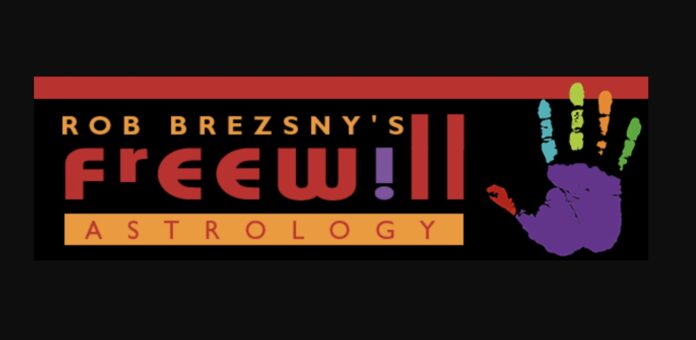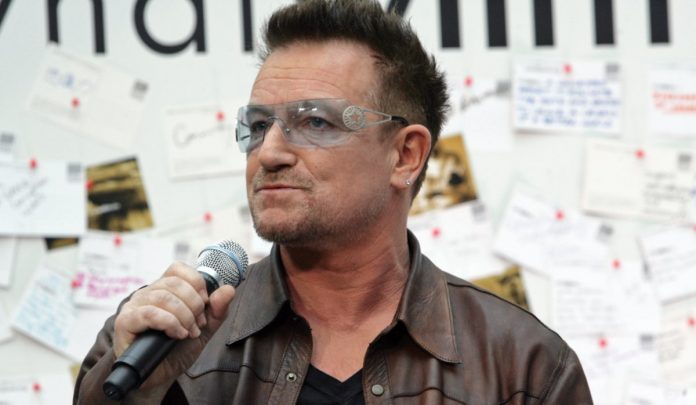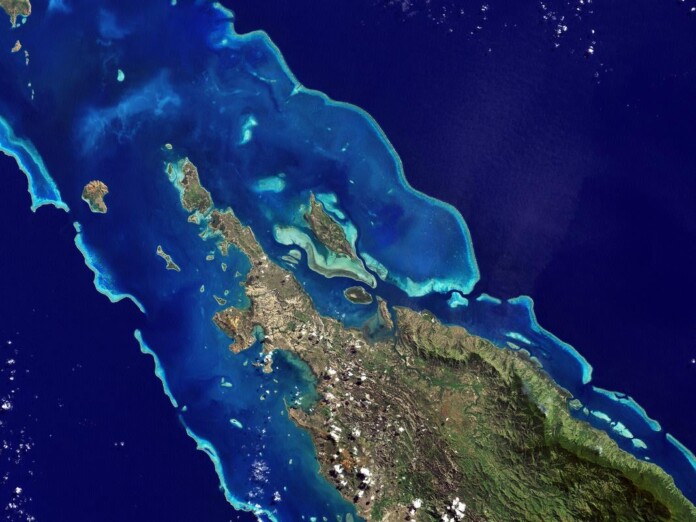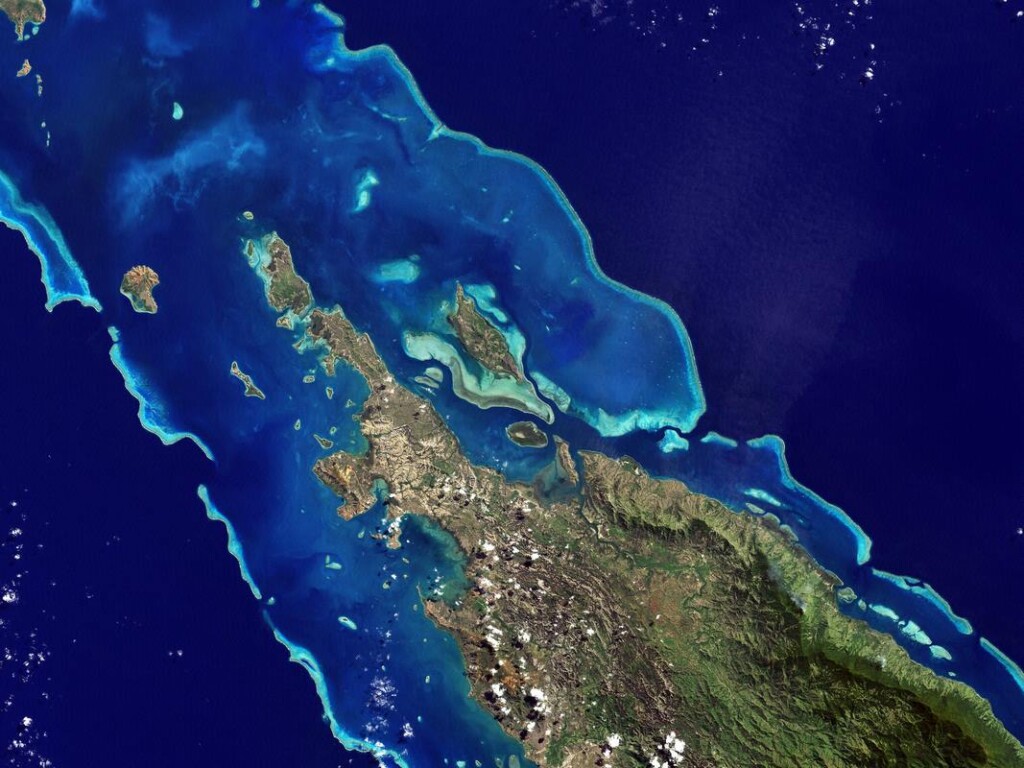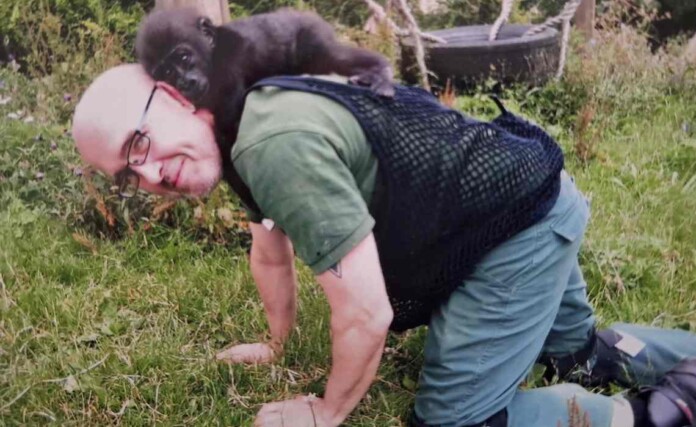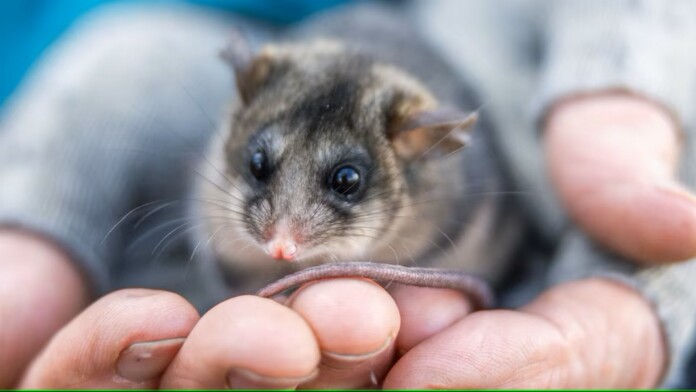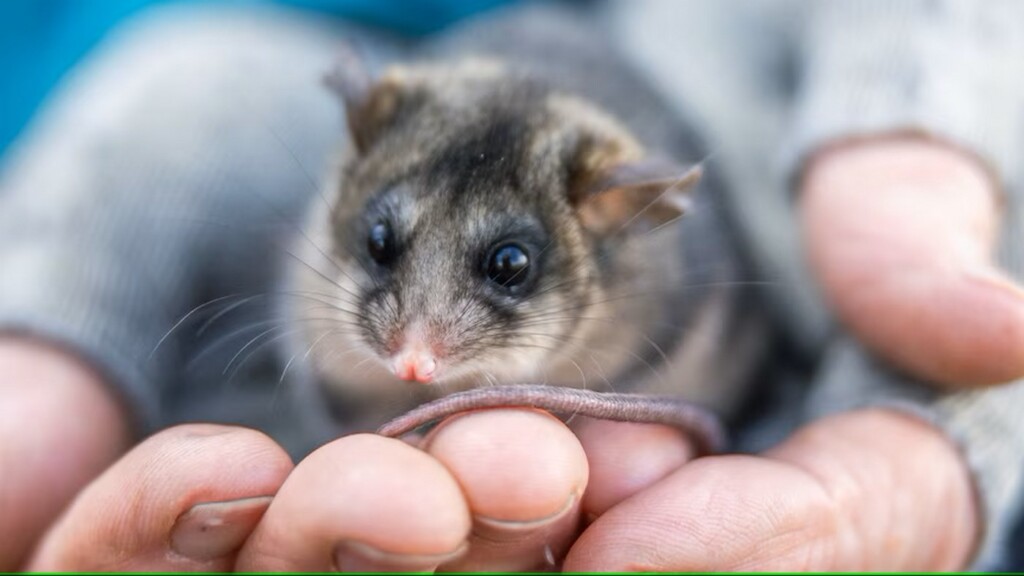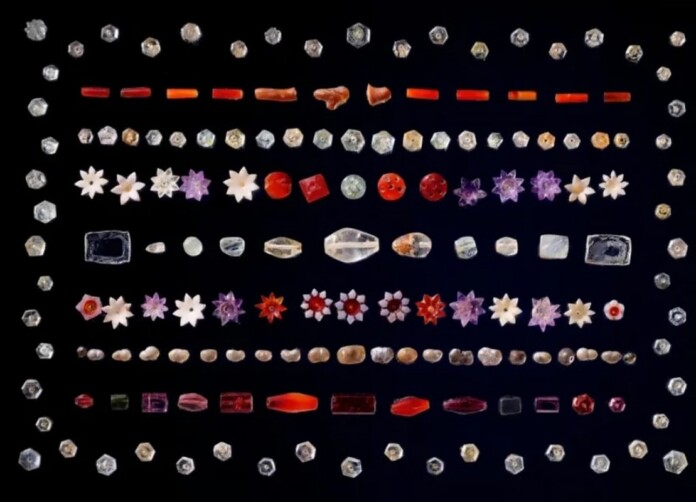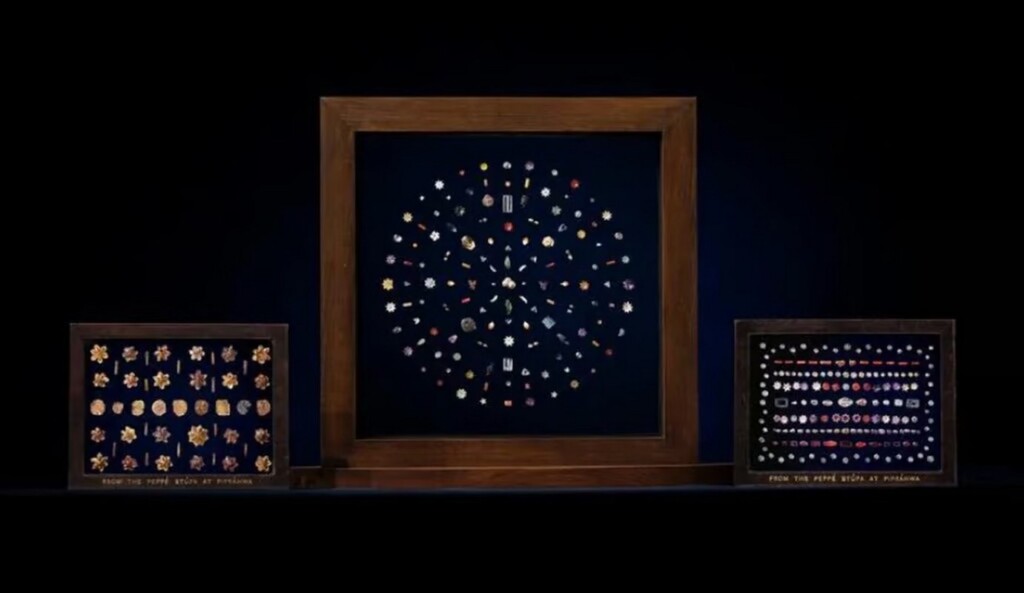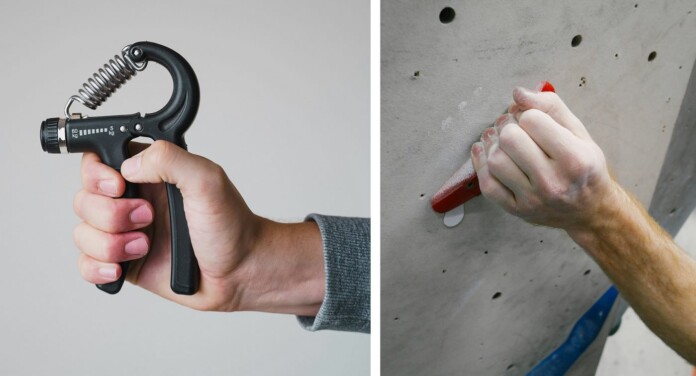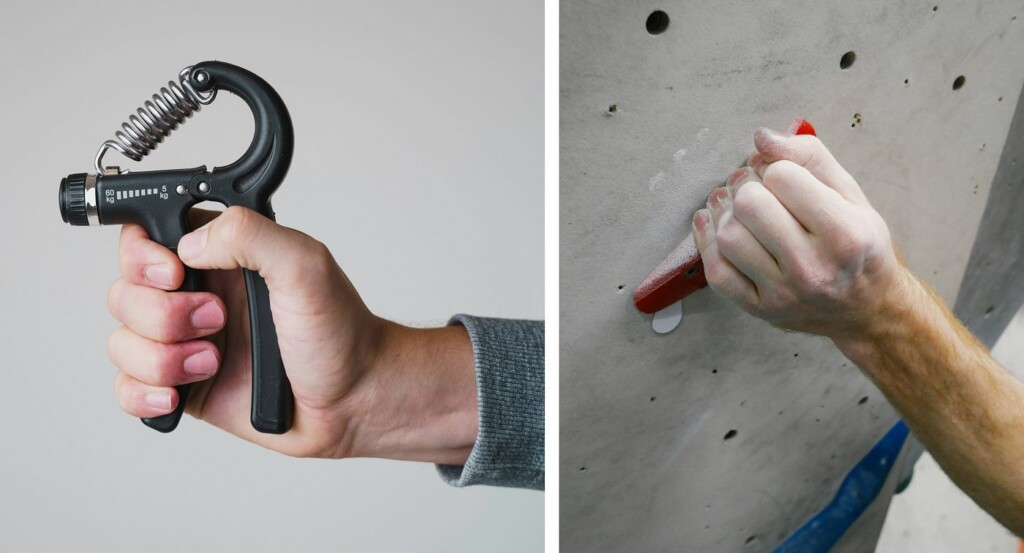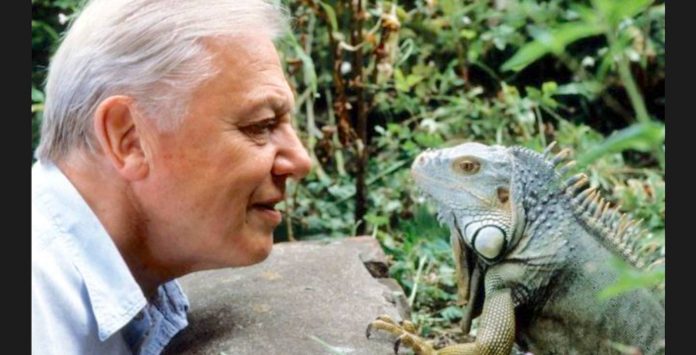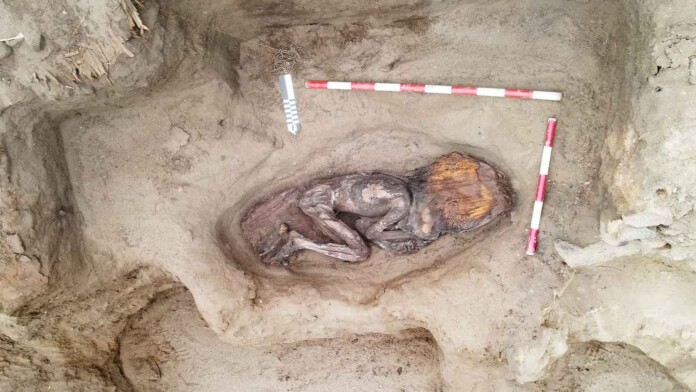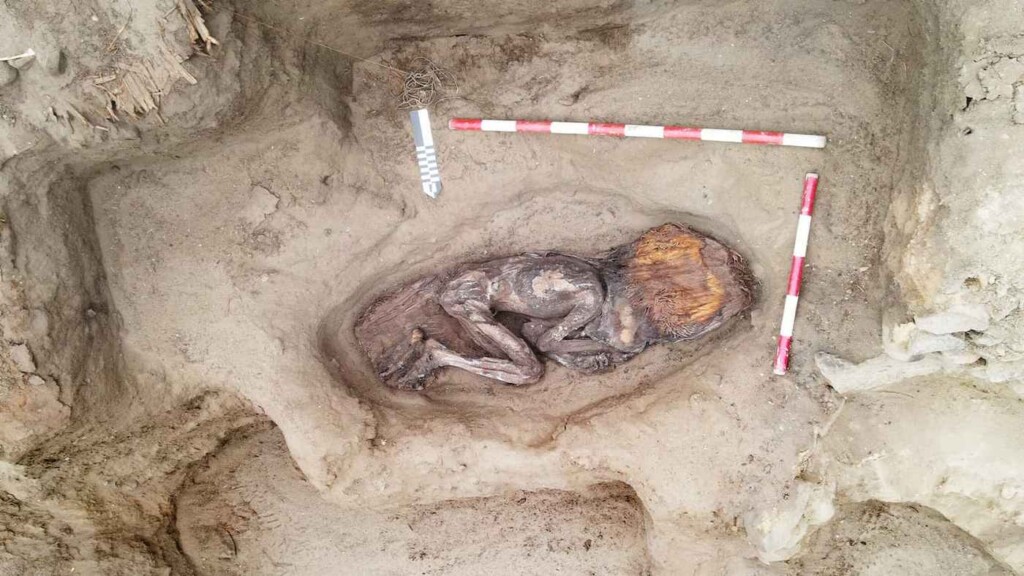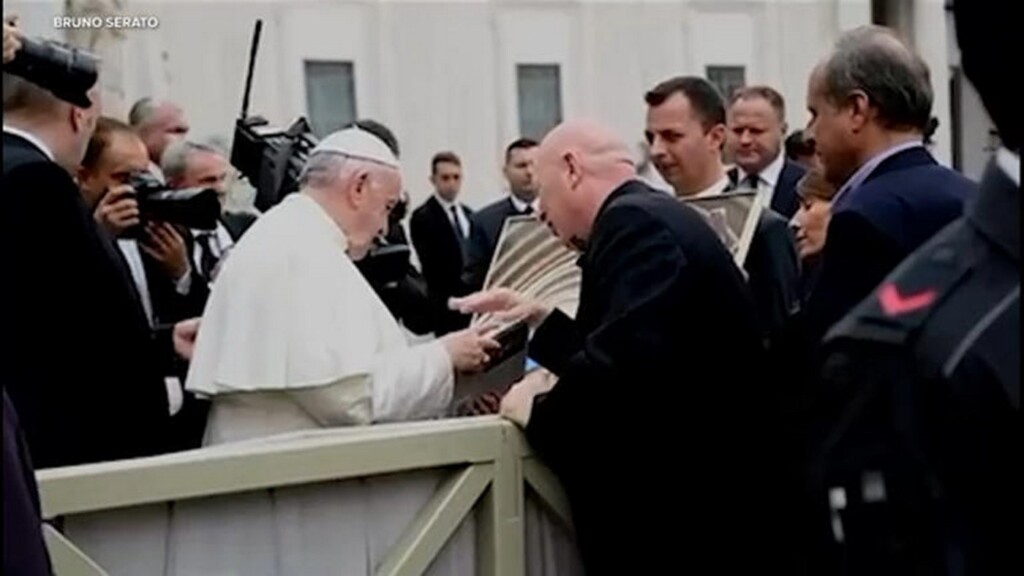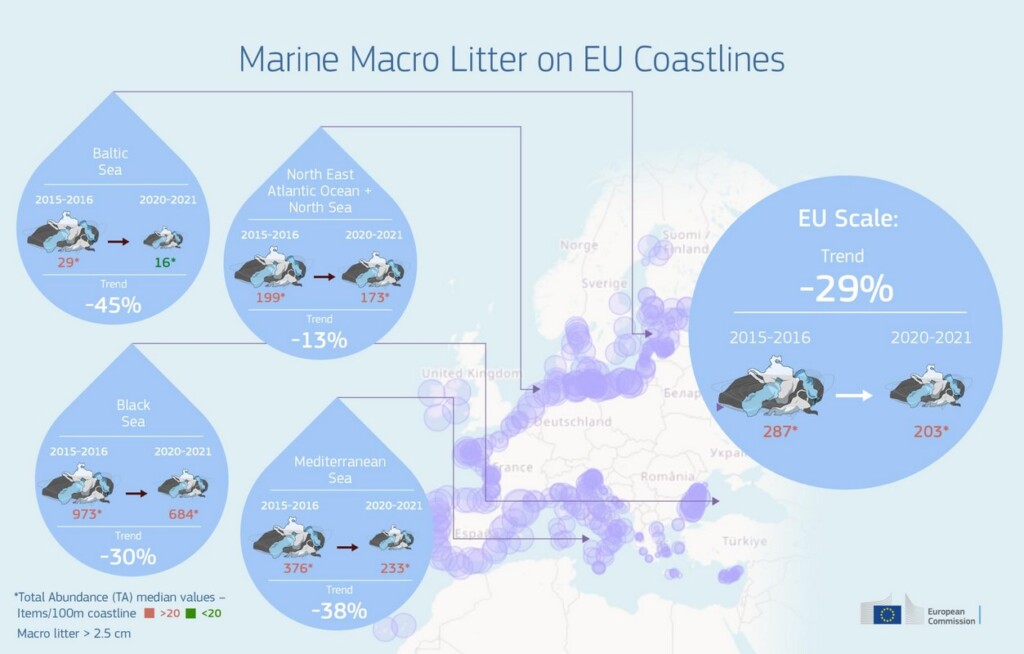Our partner Rob Brezsny, who has a new book out, Astrology Is Real: Revelations from My Life as an Oracle, provides his weekly wisdom to enlighten our thinking and motivate our mood. Rob’s Free Will Astrology, is a syndicated weekly column appearing in over a hundred publications. He is also the author of Pronoia Is the Antidote for Paranoia: How All of Creation Is Conspiring To Shower You with Blessings. (A free preview of the book is available here.)
Here is your weekly horoscope…
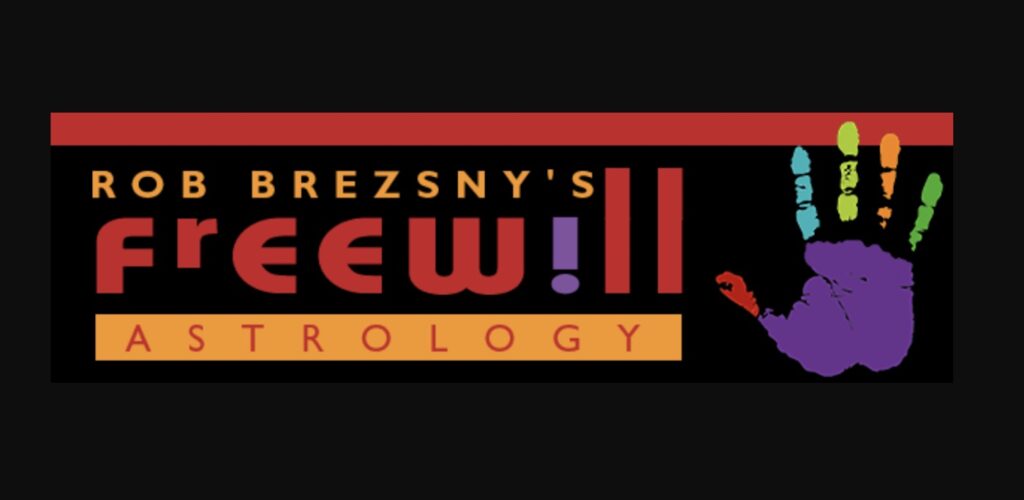
FREE WILL ASTROLOGY – Week of May 10, 2025
Copyright by Rob Brezsny, FreeWillAstrology.com

TAURUS (April 20-May 20):
Classical ballet dancers often seek to convey the illusion of weightlessness through highly stylized movements. Innovative Taurus choreographer Martha Graham had a different aim, emphasizing groundedness. Emotional depth and rooted physicality were crucial to her art of movement. “The body never lies” is a motto attributed to her, along with “Don’t be nice, be real.” I recommend you make those themes your guides for now, Taurus. Ask your body to reveal truths unavailable to your rational mind. Value raw honesty and unembellished authenticity over mere decorum.

GEMINI (May 21-June 20):
Gemini photographer Margaret Bourke-White (1904–1971) was a trailblazer. She was the first American woman war photojournalist, the first professional photographer permitted into the Soviet Union, and among the first to photograph a Nazi concentration camp. She was consistently at the right place at the right time to record key historical moments. She’s your role model in the coming months. You, too, will have a knack for being in the right place and time to experience weighty turning points. Be vigilant for such opportunities. Be alert and ready to gracefully pounce.

CANCER (June 21-July 22):
“Each negative word in a news headline increases click-through rates,” writes Joan Westenberg. “Negative political posts on social media get twice the engagement. The system rewards pessimism.” She wants to be clear: “Doomsayers aren’t necessarily wrong. Many concerns are valid. But they’ve built an attention economy that profits from perpetual panic. It’s a challenge to distinguish between actionable information and algorithmic amplification, genuine concern and manufactured outrage.” Westenberg’s excellent points are true for all of us. But it’s especially important that you Cancerians take measures to protect yourself now. For the sake of your mental and physical health, you need extra high doses of optimism, hope, and compassion. Seek out tales of triumph, liberation, pleasure, and ingenuity far more than tales of affliction, mayhem, and corruption.

LEO (July 23-Aug. 22):
Bees are smart. The robust and lightweight honeycombs they create for their homes are designed with high efficiency, maximizing storage space while using the least amount of resources. Let’s make the bees’ genius your inspirational role model for the coming weeks, Leo. It will be a favorable time to optimize your own routines and systems. Where can you reduce unnecessary effort and create more efficiency? Whether it’s refining your schedule, streamlining a project, or organizing your workspace, small adjustments will yield pleasing rewards.

VIRGO (Aug. 23-Sept. 22):
In 1971, Virgo poet Kay Ryan began teaching English at a small community college. Though she wrote steadily, working hard to improve her craft and publish books, she never promoted herself. For years, she was virtually unknown. Finally, in 2008, she flamed into prominence. In quick succession, she served as the US Poet Laureate, won a Pulitzer Prize, and received a $500,000 “genius grant” as a MacArthur Fellow. Why am I telling you about her long toil before getting her rightful honors? Because I believe that if you are ever going to receive the acclaim, recognition, appreciation, and full respect you deserve, it will happen in the coming months.

LIBRA (Sept. 23-Oct. 22):
Libran author Diane Ackerman combines an elegant poetic sensibility and a deft skill at scientific observation. She is lyrical and precise, imaginative and logical, inventive and factual. I would love for you to be inspired by her example in the coming weeks. Your greatest success and pleasure will arise as you blend creativity with pragmatism. You will make good decisions as you focus on both the big picture and the intimate details. PS: If you immerse yourself in the natural world and seek out sensory-rich experiences, I bet you will inspire a smart solution to an achy dilemma.

SCORPIO (Oct. 23-Nov. 21):
Scorpio-born Sabina Spielrein (1885–1942) was one of the earliest woman psychoanalysts. In the 21st century, she is increasingly recognized as a great thinker who got marginalized because of her feminist approach to psychology. Several of her big contributions were Scorpionic to the core: She observed how breakdown can lead to breakthrough, how most transformations require the death of an old form, and how dissolution often serves creation. These will be useful themes for you to ruminate about in the coming weeks. For best results, be your deep, true, Scorpio self.

SAGITTARIUS (Nov. 22-Dec. 21):
In the middle of his art career, Sagittarian painter Paul Klee (1879–1940) was drafted into the German army as a soldier in World War I. Rather than fighting on the front lines, he managed to get a job painting camouflage on military airplanes. This enabled him to conduct artistic explorations and experiments. The metal hulls became his canvases. I am predicting a comparable opportunity disguised as an obstacle for you, Sagittarius. Just as the apparent constraint on Klee actually advanced his artistic development, you will discover luck in unexpected places.

CAPRICORN (Dec. 22-Jan. 19):
“To live is so startling it leaves little time for anything else,” wrote poet Emily Dickinson. I often feel that truth. As much as I would love to devote 70+ hours a week to creative writing and making music, I am continually diverted by the endless surprises of the daily rhythm. One of these weeks, maybe I’ll be brave enough to simply give myself unconditionally to ordinary life’s startling flow and forget about trying to accomplish anything great. If you have ever felt a similar pull, Capricorn, the coming days will be prime time to indulge. There will be no karmic cost incurred.

AQUARIUS (Jan. 20-Feb. 18):
David Bowie was a brilliant musical composer and performer. His artistry extended to how he crafted his persona. He was constantly revising and reshaping his identity, his appearance, and his style. The Ziggy Stardust character he portrayed on stage, for example, had little in common with his later phase as the Thin White Duke. “I’ve always collected personalities,” he quipped. If you have ever felt an inclination to experiment with your image and identity, Aquarius, the coming weeks will be an excellent time. Shape-shifting could be fun and productive. Transforming your outer style may generate interesting inner growth. What would be interesting ways to play with your self-expression?

PISCES (Feb. 19-March 20):
The Voynich manuscript is a famous text written in an unfamiliar script filled with bizarre illustrations. Carbon-dated to the early 15th century, it has resisted all attempts at deciphering its content. Even Artificial Intelligence has not penetrated its meaning. I propose we make this enigmatic document an iconic metaphor for your life in the coming weeks. It will symbolize the power you can generate by celebrating and honoring mystery. It will affirm the fact that you don’t necessarily require logical explanations, but can instead appreciate the beauty of the unknown. Your natural comfort with ambiguity will be a potent asset, enabling you to work effectively with situations others find too uncertain.

ARIES (March 21-April 19):
Just for now, you might benefit from moderating your intensity. I am pleased to see how much good stuff you have generated lately, but it may be time to scale back a bit. At least consider the possibility of pursuing modest, sustainable production rather than daring to indulge in spectacular bursts of energy. In conclusion, dear Aries, the coming days will be a favorable time for finding the sweet spot between driving ambition and practical self-care. Your natural radiance won’t have to burn at maximum brightness to be effective.
WANT MORE? Listen to Rob’s EXPANDED AUDIO HOROSCOPES, 4-5 minute meditations on the current state of your destiny — or subscribe to his unique daily text message service at: RealAstrology.com
SHARE The Wisdom With Friends Who Are Stars in Your Life on Social Media…






















